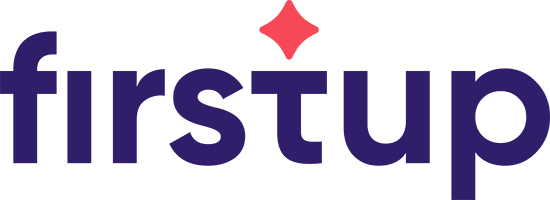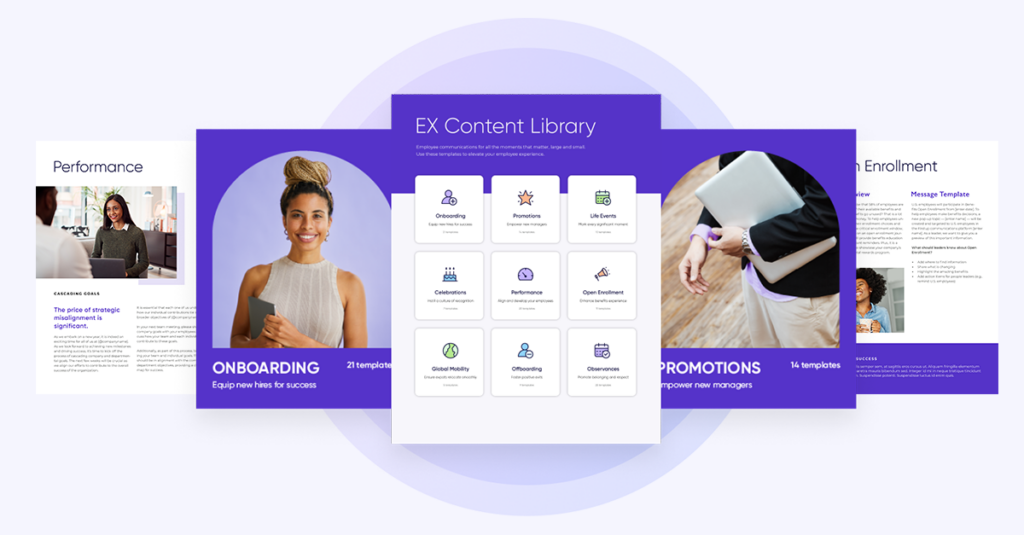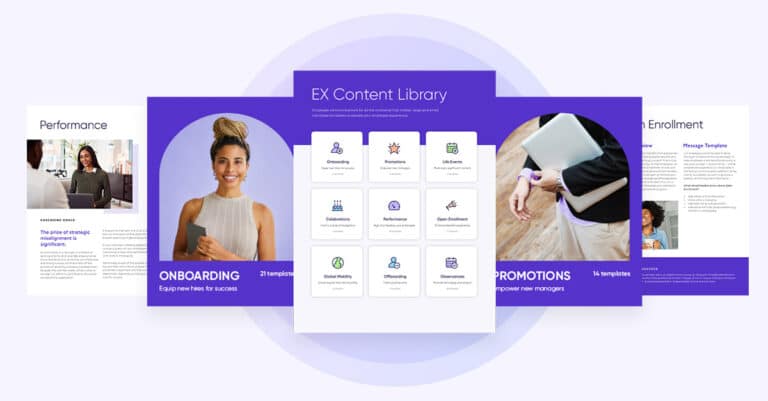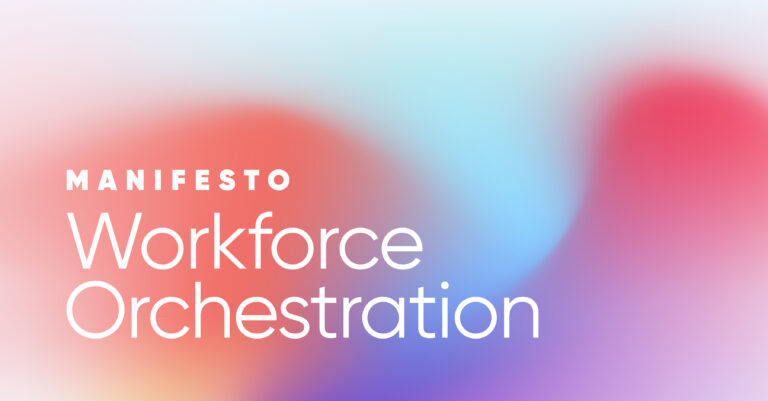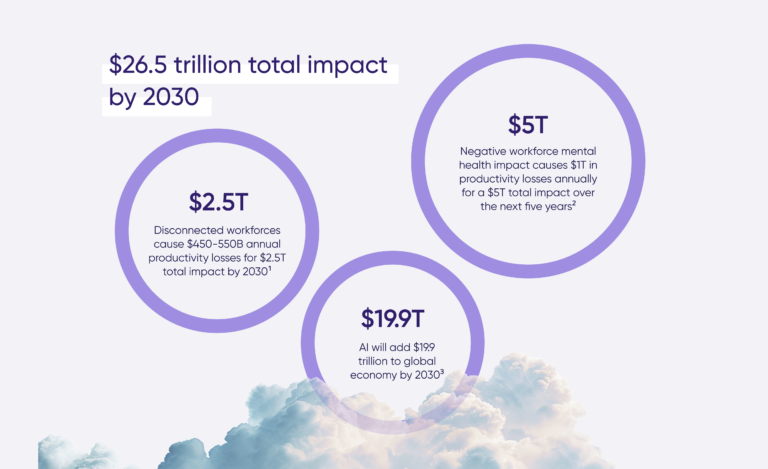In today’s political climate, communications and HR teams are facing tough questions: How do we talk about DEI without alienating employees, customers, or stakeholders? How do we acknowledge the importance of inclusion while staying aligned with our values and avoiding politicization?
It’s a delicate balance—especially as organizations risk undermining the hard work of employee resource groups (ERGs), disengaging employees, or upsetting customers who value diversity. At the same time, taking too strong of a stance (or appearing to reverse course) can draw backlash, as we’ve seen recently with companies like Target and Bud Light, both of which faced public and financial criticism over their perceived positions on DEI-related issues.
The stakes are high. In some industries, political scrutiny can even impact government funding or contracts. So what’s the right move?
Here are five strategies to guide your DEI communication efforts:
1. Keep inclusivity at the heart of it all
No matter the external pressure, inclusion should remain a core value. The goal is to ensure every employee feels safe bringing their full selves to work. This isn’t about politics—it’s about belonging. When you lead with inclusion, you create space for a variety of perspectives and life experiences to be honored and heard.
2. Prioritize empathy and curiosity over judgment
Instead of taking a defensive posture, approach DEI conversations with openness and empathy. Encourage curiosity: What experiences or identities might we not fully understand yet? What can we learn from others’ perspectives?
Empathy doesn’t mean agreement; it means making space for understanding. When you model curiosity over judgment, it helps shift the focus from conflict to connection.
3. Tie DEI to your core values—not politics
Rather than positioning DEI as a political statement, root your language in the values your company already lives by. This creates continuity and authenticity. For example, integrity (doing the right thing even when no one is watching) and collaboration (working together and valuing diverse viewpoints) are two of the most common core values across Fortune 500 companies.
When communicating DEI changes or progress, explain how your actions reflect your company’s mission and values rather than being just a response to current headlines. This helps your DEI efforts feel consistent, not reactive.
Need help getting started with DEI communications?
Use our Observances journey to get started.

4. Connect external support to your mission
When considering which DEI initiatives, nonprofits, or partnerships to support, focus on alignment with your business mission. For instance, a tech company might support organizations that support kids learning about coding, while a healthcare company may partner with groups focused on equity in access to care.
By aligning external support with your company’s purpose, you sidestep the notion that your actions are politically motivated. Instead, they become a natural extension of who you are and what you do.
5. Give employees a voice in shaping DEI efforts
Inclusion starts from within. When employees are part of the conversation—and have a hand in shaping ERGs, policies, or inclusivity strategies—DEI becomes a shared value, not a top-down mandate.
Each year, include belonging and inclusivity questions in your engagement survey to capture employee sentiment. Offer listening sessions and provide a clear process for employees to request or create new ERGs. These moments of feedback not only surface important insights, but also model empathy and curiosity in action.
Bottom line:
DEI doesn’t have to be divisive. When it’s rooted in your values, shaped by employee voice, and guided by empathy and inclusion, it becomes a reflection of your company’s integrity—not a reflection of politics.
Download PDF



